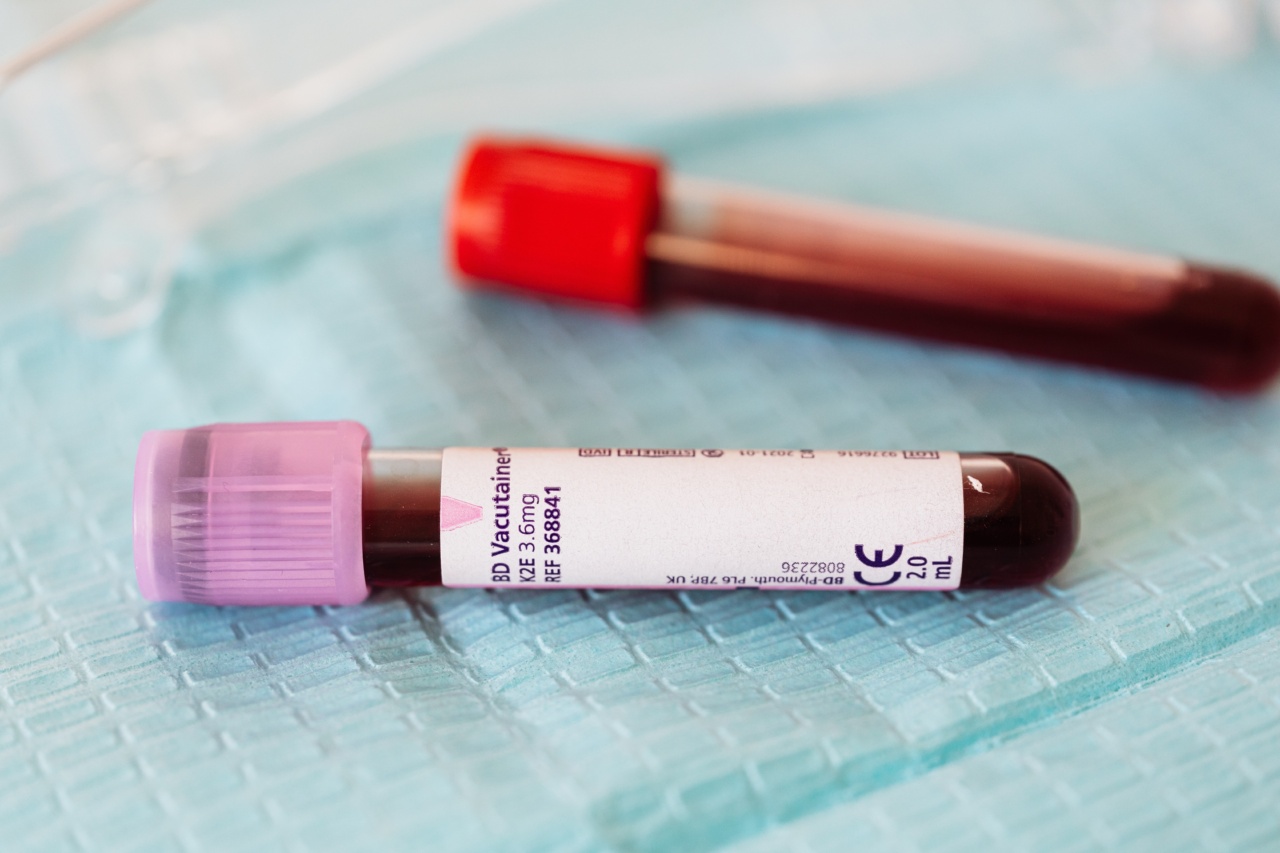Varicose veins are a common condition that affects many adults worldwide. They appear as bulging, twisted veins that are often blue or purple in color and usually occur in the legs.
Although they are generally not harmful, some people may experience pain or discomfort. On the other hand, blood clots are a serious condition that can have life-threatening consequences. In this article, we will explore the link between varicose veins and blood clots and what you can do to reduce your risk.
Varicose veins
Varicose veins are caused by weakened valves in the veins that allow blood to flow backward instead of towards the heart. This results in pooling of blood in the veins, causing them to swell and become visible.
Varicose veins can be caused by a variety of factors, including genetics, pregnancy, obesity, and standing or sitting for long periods of time.
Although varicose veins are usually not dangerous, they can sometimes lead to other complications such as:.
- Ulcers
- Bleeding
- Superficial thrombophlebitis
Superficial thrombophlebitis is a condition where a blood clot forms in a vein near the surface of the skin. Although it is generally not serious, it can cause pain, swelling, and redness in the affected area.
If you have varicose veins and experience any of these symptoms, it is important to seek medical attention.
Blood clots
A blood clot occurs when blood thickens and forms a clump, which can block blood flow. Blood clots can occur in veins or arteries and can be caused by a variety of factors, including:.
- Sedentary lifestyle
- Smoking
- Certain medications
- Obesity
- Pregnancy
- Cancer
- Genetic factors
Blood clots can be dangerous and can lead to complications such as:.
- Pulmonary embolism
- Stroke
- Heart attack
- Deep vein thrombosis
Deep vein thrombosis (DVT) is a condition where a blood clot forms in a vein deep inside the body, usually in the lower leg or thigh.
DVT can be a serious condition, as the blood clot can break off and travel through the bloodstream, causing a pulmonary embolism.
Link between varicose veins and blood clots
Although varicose veins and blood clots are two distinct conditions, they are often linked. Studies have shown that people with varicose veins are more likely to develop blood clots than those without varicose veins.
This is because the weakened valves in varicose veins can cause blood to flow more slowly, increasing the risk of blood clots forming in the veins.
In addition, people with varicose veins may have a higher risk of developing DVT. This is because the slow flow of blood in the veins can lead to inflammation and damage to the vein walls, making it easier for blood clots to form.
Reducing your risk
If you have varicose veins, there are steps you can take to reduce your risk of developing blood clots:.
- Exercise regularly to improve circulation
- Avoid sitting or standing for prolonged periods of time
- Maintain a healthy weight
- Elevate your legs when sitting or lying down
In addition, wearing compression stockings can help reduce the risk of blood clots by improving blood flow in the legs. Compression stockings can also help relieve symptoms of varicose veins, such as pain and swelling.
If you are at a higher risk of developing blood clots due to factors such as surgery or long periods of immobility, your doctor may recommend anticoagulant medication to help prevent blood clots from forming.
Conclusion
Varicose veins and blood clots are two conditions that are often linked. Although varicose veins are generally not harmful, they can sometimes lead to complications such as blood clots.
If you have varicose veins and experience any symptoms, it is important to seek medical attention. Taking steps to maintain a healthy lifestyle and wearing compression stockings can help reduce the risk of developing blood clots.































